9 Ways to Keep Your Tree Healthy All Year Long in Winnipeg
Reading time: 6 minutesTrees are some of the hardest-working members of the Winnipeg community. They're also surprisingly susceptible to pests and tree disease. Even just a tiny opening made by a certain kind of insect can cause a disease like Oak Wilt (not to be confused with Oak Decline) that’s serious enough to warrant tree removal.
Fortunately, with a little TLC and the help of a qualified tree health care services professional, you can keep your trees healthy every season.
Check out 9 helpful tips below and how the ISA-certified arborists at Green Drop can give your trees a solid foundation for beautiful growth.
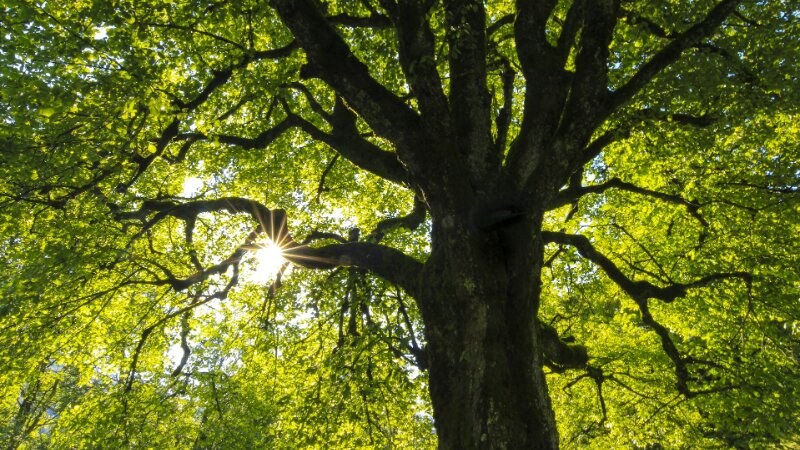
1. Plant Disease-Resistant Trees
A healthy tree starts with planting the right one. Planting tree species more resistant to pests and pathogens around you can give them a fighting chance.
In Winnipeg, Dutch Elm Disease is a significant problem. This disease is spread by elm bark beetles, a common, brown-coloured beetle that bores into the elm wood to lay its eggs. The most resistant trees include Asian elms, specifically Chinese and Japanese elms.
That isn’t to say you shouldn’t plant other trees like American elms, slippery elms, and English elms; it’s just important to understand they’re susceptible. So, if you do plant them or have these species, it’s best to always keep an eye out for signs of disease.
2. Use Proper Watering Techniques
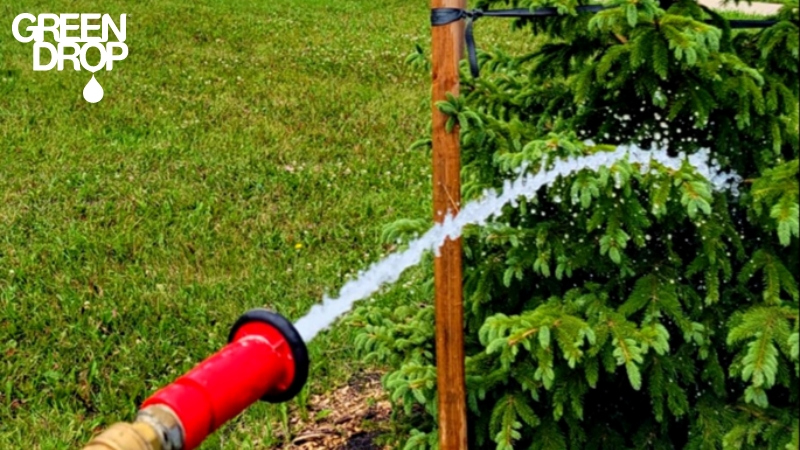
The best way to hydrate your trees is with long, infrequent watering sessions. This allows water to penetrate deeply and encourages roots to grow downwards in search of moisture. Refrain from relying on rain or snow to keep your trees watered. Even in the winter, trees need adequate moisture to survive, and rain or snowfall alone is almost never enough to meet a growing tree's needs.
A good rule of thumb is watering 1 to 2 inches around the tree's base weekly. In the summer, you may need to do this more. To give you an idea of how much that is, a typical soaker hose must run for about 3.5 hours to provide 1 inch of water to a tree. Sprinkler systems and traditional hoses can deliver water much faster than this.
Want to read more on watering trees? Here’s one blog you should definitely check out: The Essential Guide to Watering Trees.
3. Apply a Layer of Organic Mulch
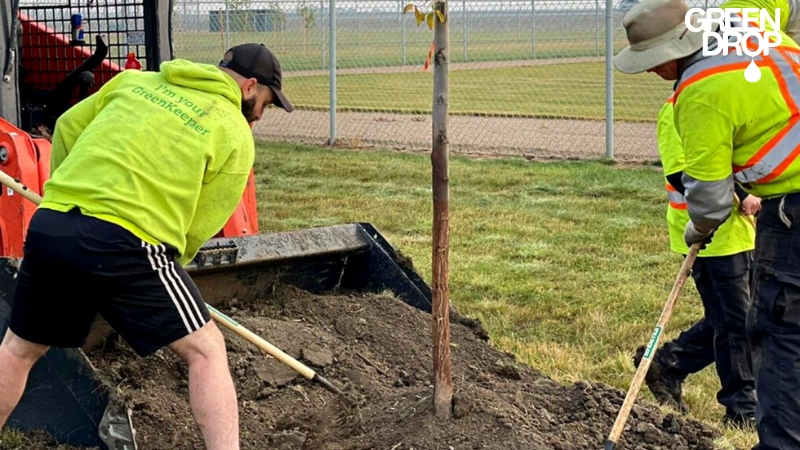
Putting down a thin layer of quality organic mulch can help protect your tree roots from the hot sun during the summer and cold temperatures during the frigid winters. Mulch also holds moisture and can slow the rate of evaporation, which helps prevent drought.
Furthermore, it prevents the encroachment of grass that competes with your tree for nutrients and prevents soil erosion and compaction caused by foot traffic. As mulch breaks down over time, the soil around your tree becomes more fertile and more difficult for weeds to establish.
You need about 1 to 2 inches of mulch. Applying too much could have the opposite effect, suffocating your tree roots or harbouring pests and diseases.
4. Prune at the Right Time (and Never Too Much)
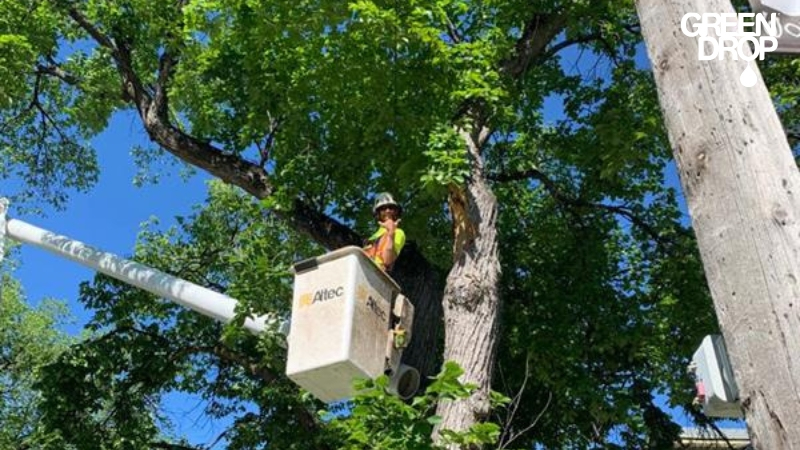
Pruning your trees is essential for eliminating sources of pests or diseases and keeping your trees looking great. However, ‘when’ you prune makes a big difference in your tree's health and whether it does more harm than good.
The best time to prune trees is during their dormant season when growth is at a minimum. In Winnipeg, this is generally between the middle of October through the month of April.
It’s also crucial to avoid pruning too much since this could put a lot of stress on your tree and make it more vulnerable to insects, fungi, and bacterial diseases. A tree should never have more than 35% of its branches cut away at any one time. Otherwise, you risk compromising its health.
5. Prevent Soil Compaction
Soil compaction is not your root system’s best friend, tree or not. Even thick, strong roots can have trouble absorbing moisture and nutrients through hard, compacted soil.
Assessing the soil quality around your trees can be challenging because, unlike your lawn, trees may not show any indications of a problem. However, some indicators include branch dieback, reduced size or growth, and increased vulnerability to pests.
To prevent soil compaction around your trees, consider putting fencing around them to keep people, deer, and other animals from walking across the ground and further pressing the soil down on top of itself. Mixing compost into the first 12 or so inches of soil can also relieve compaction and add more nutrients to help your tree grow.
6. Use Preventative Fungicide
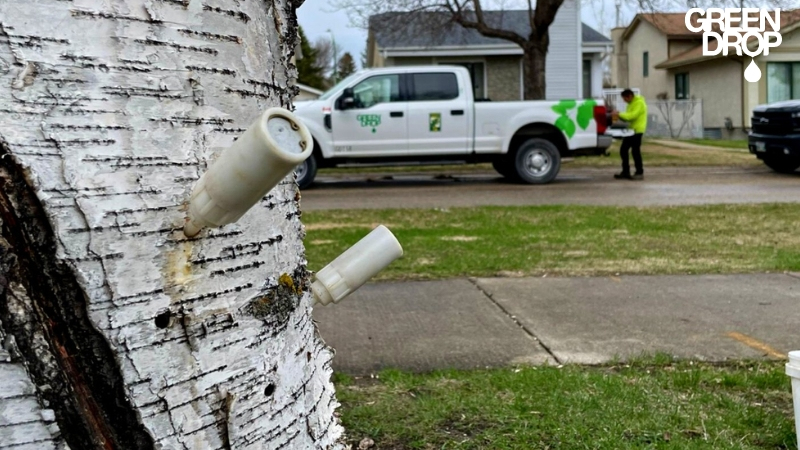
Fungal infections can wreak havoc on even the healthiest trees. And once a fungus takes hold, it can be really hard to get rid of. Prevention offers a much better solution.
Green Drop offers preventative fungicide injections that deliver a measured dose of antifungal medication directly to the interior of your trees to inhibit the spread of spores and the development of mycelium networks in the hardwood. These can be applied up to four times yearly to discourage fungal infections like oak wilt, cedar rust, anthracnose, and powdery mildew from becoming established.
7. Keep Pests Under Control
Pests are called pests for a reason. When it comes to your trees, though, they can be far more than a nuisance. Tree pests like emerald ash borers and Nitidulid beetles not only damage trees as they bore through the wood to feed and lay eggs, but they also transmit fungal spores that, over time, can take over an entire tree.
Infested and infected trees often can’t be treated and need to be removed entirely. This makes preventative pest control strategies crucial to keep insects away from your trees.
8. Regular Inspection
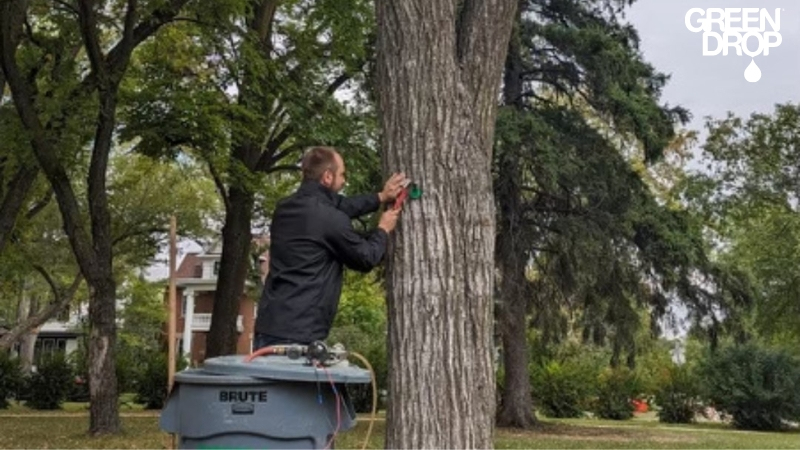
Periodically have your trees professionally inspected by your local arborist for signs of disease or stress. Look for premature leaf discolouration, abnormal growth, or cracks in the trunk. Our arboricultural experts at our Plant Disease Diagnostic Laboratory in Winnipeg use the latest technology and an in-depth understanding of best practices and international protocols to always stay ahead when it comes to tree health. Early detection allows for timely intervention.
9. Hire ISA-Certified Arborists
At Green Drop, we know the importance of keeping Winnipeg’s beautiful trees in good condition. That’s why we offer comprehensive tree health care services like tree pruning, tree trimming, and monthly tree care packages that include:
- RootBoost™️ deep root fertilization treatments
- Integrated Pest Management (IPM)
- Preventative fungicidal injections
- Tree inspection and diagnostic services
. . . and more!
In the end, maintaining the health of your trees requires a combination of proactive care and seasonal attention. By following these tips, you can help ensure their vitality and longevity throughout the year.
We’re the Tree Care Experts Winnipeg Can Count On
Hundreds of customers trust us with their tree care. We have the largest number of ISA-certified arborists with two BCMA-certified team members. Rest assured, your trees are in good hands.
Get an estimate from our tree care specialists. We also serve Calgary, Edmonton, Red Deer, Regina, and Saskatoon.

